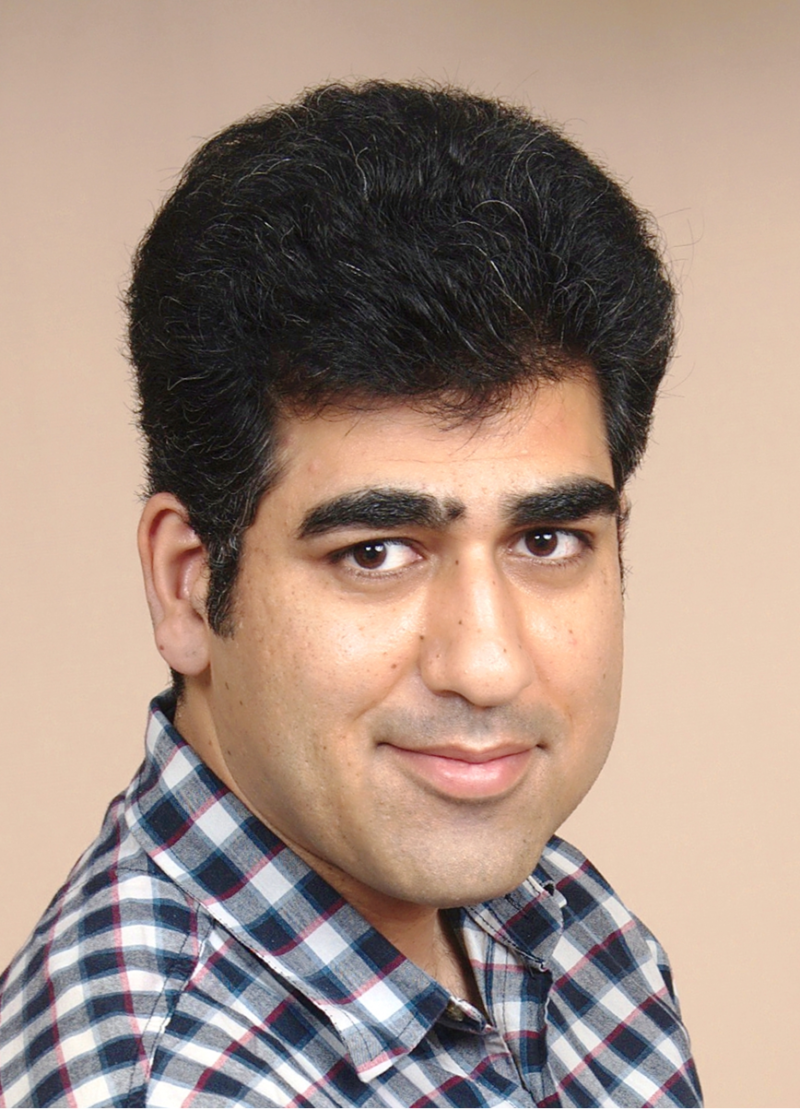Wearable & Implantable Optical Waveguides
Soroush Shabahang, Massachusetts General Hospital and Harvard Medical School
The rapid advancements in developing new biomedical devices with optical interfaces necessitates the engineering of new optical waveguides and fiber devices with desired optical, mechanical and biological properties. The future medical applications of optical waveguides include diagnostics, drug delivery, phototherapy, wearable devices and optical sensors. Next generation of medical wearable devices will enable long-term monitoring of patient health, collection of functional data to aid diagnoses, and rapid detection of life-threatening conditions. Implantable optical waveguides with specific optical, biological and mechanical properties are of great importance in future photomedicine. Optical fiber sensors with different sensing mechanisms can detect small variations in their surroundings. They can potentially cover large areas and provide higher resolution, speed, and sensitivity than their electronic-based counterparts. Multimaterial fibers with temperature and pressure sensors, conductive electrodes and light guiding cores will deliver optical and electrical signals.
In this presentation I will review the recent advances in implantable and wearable optical waveguides for biomedical applications and will share some of our recent research in this field.


